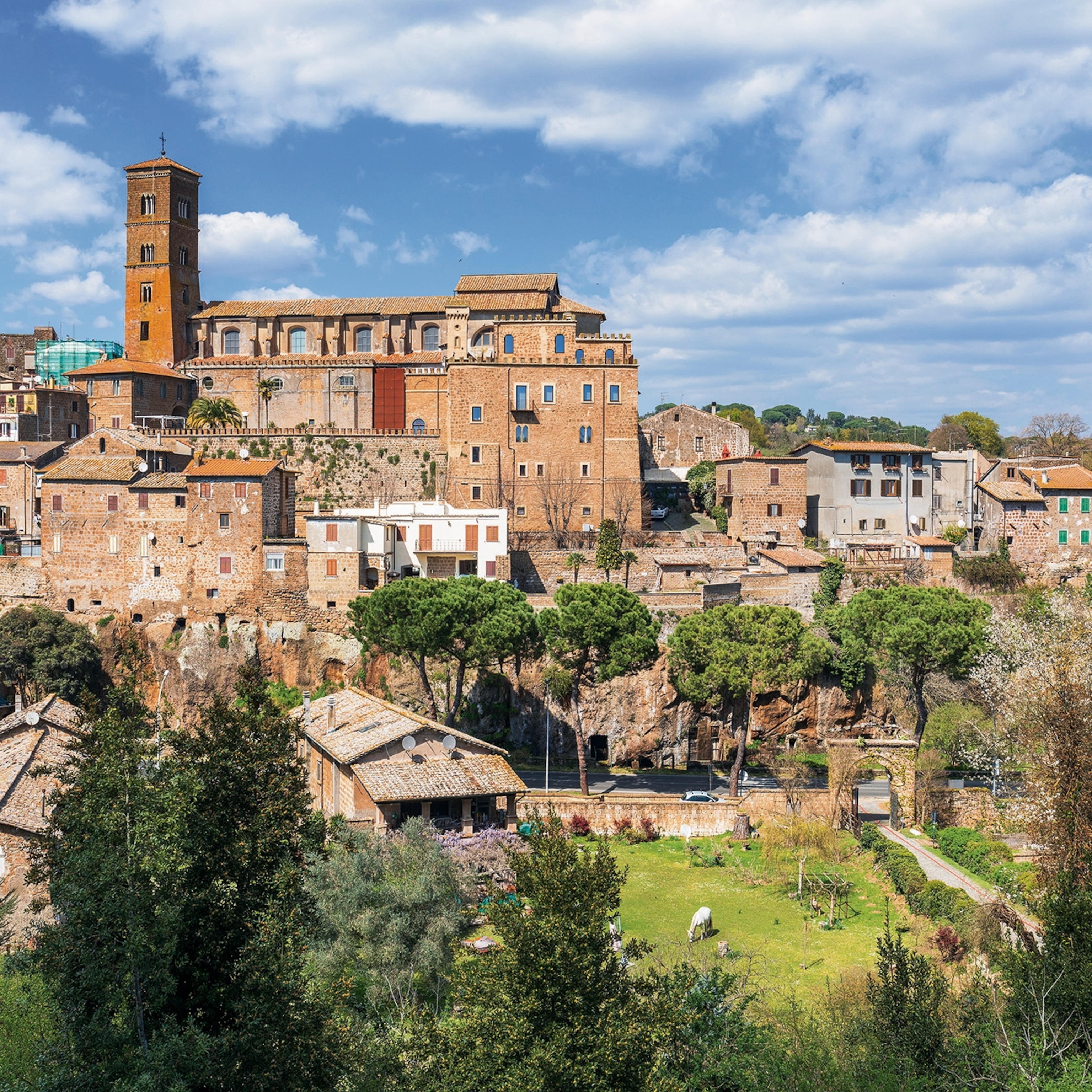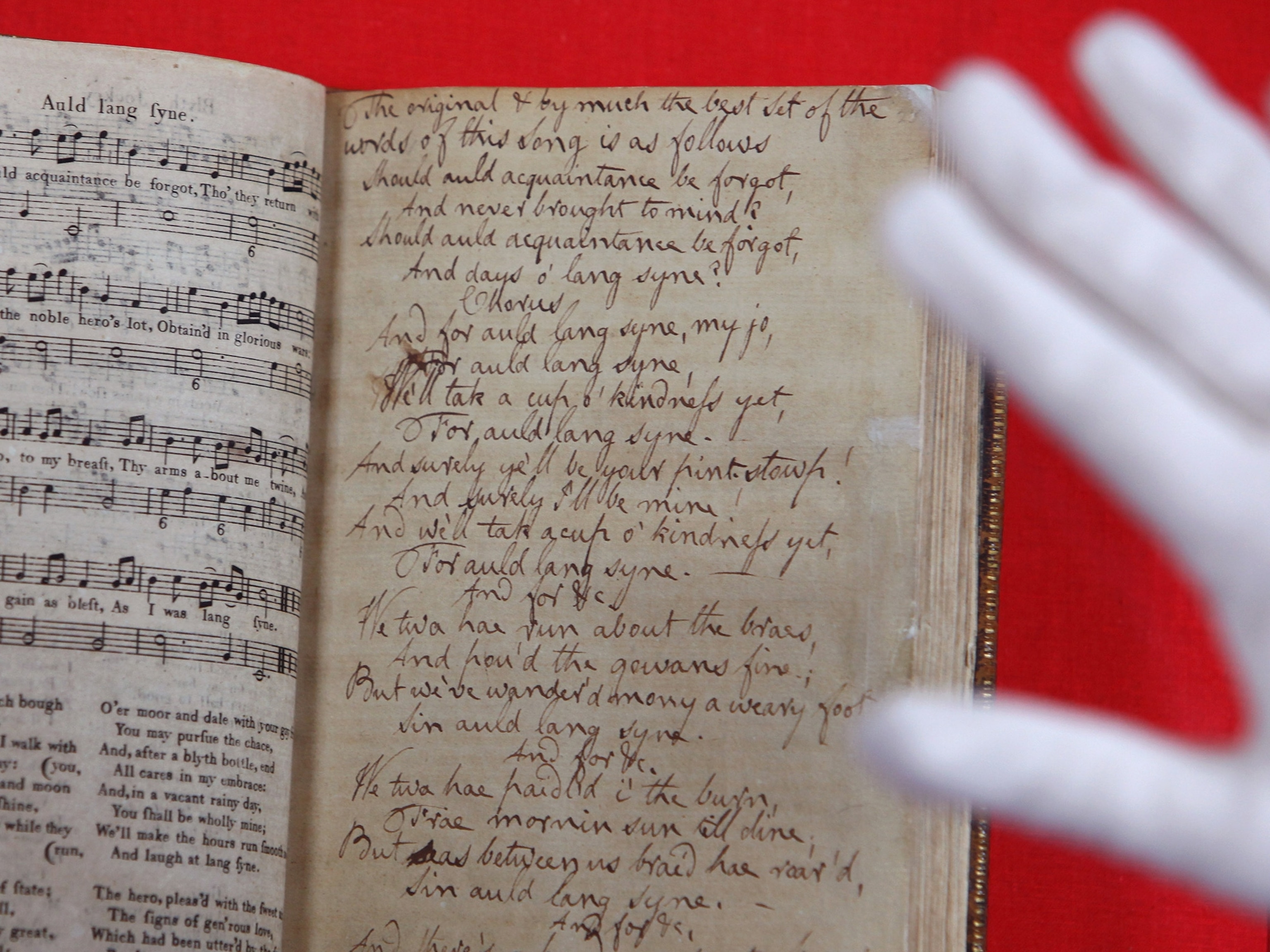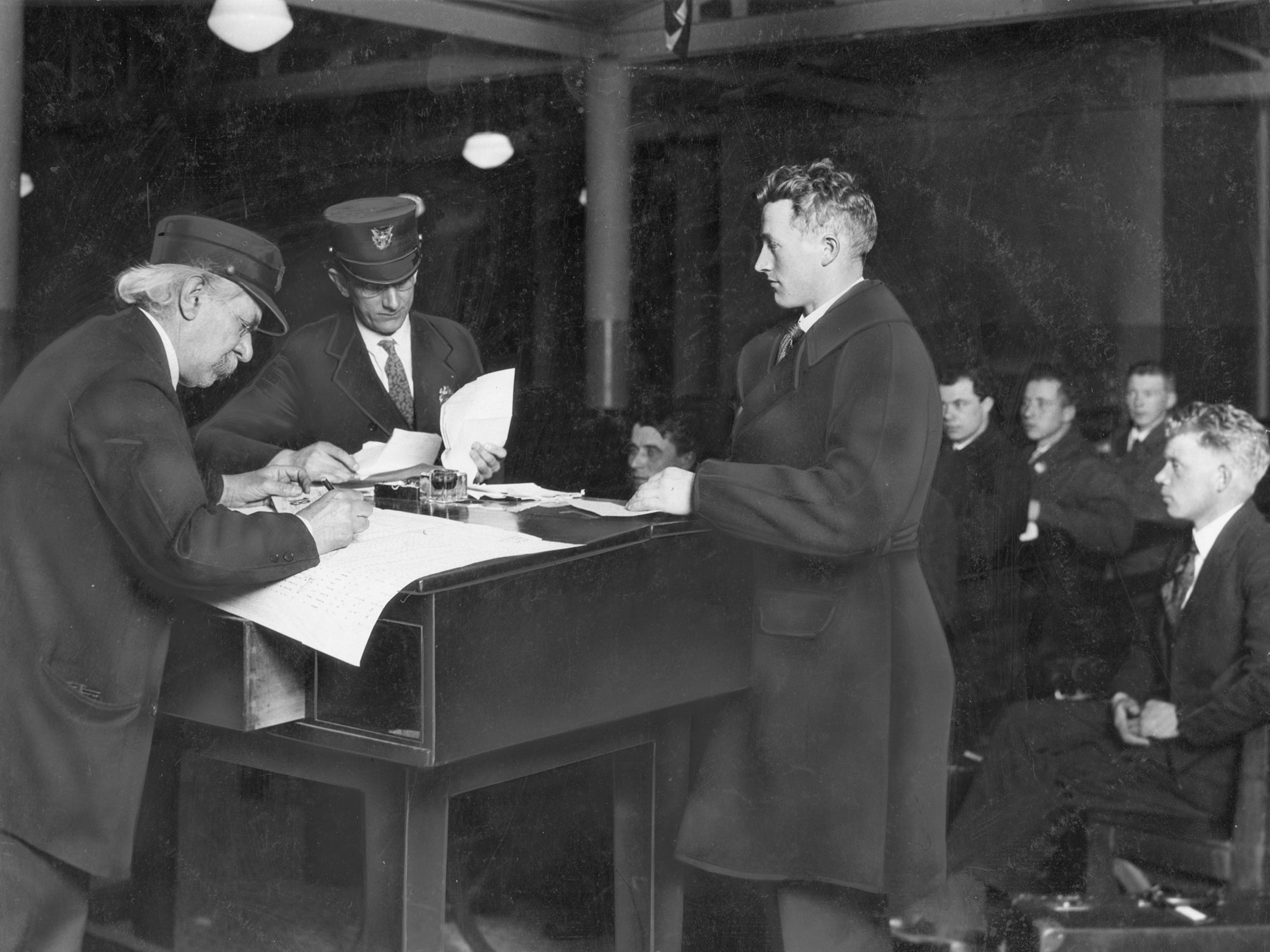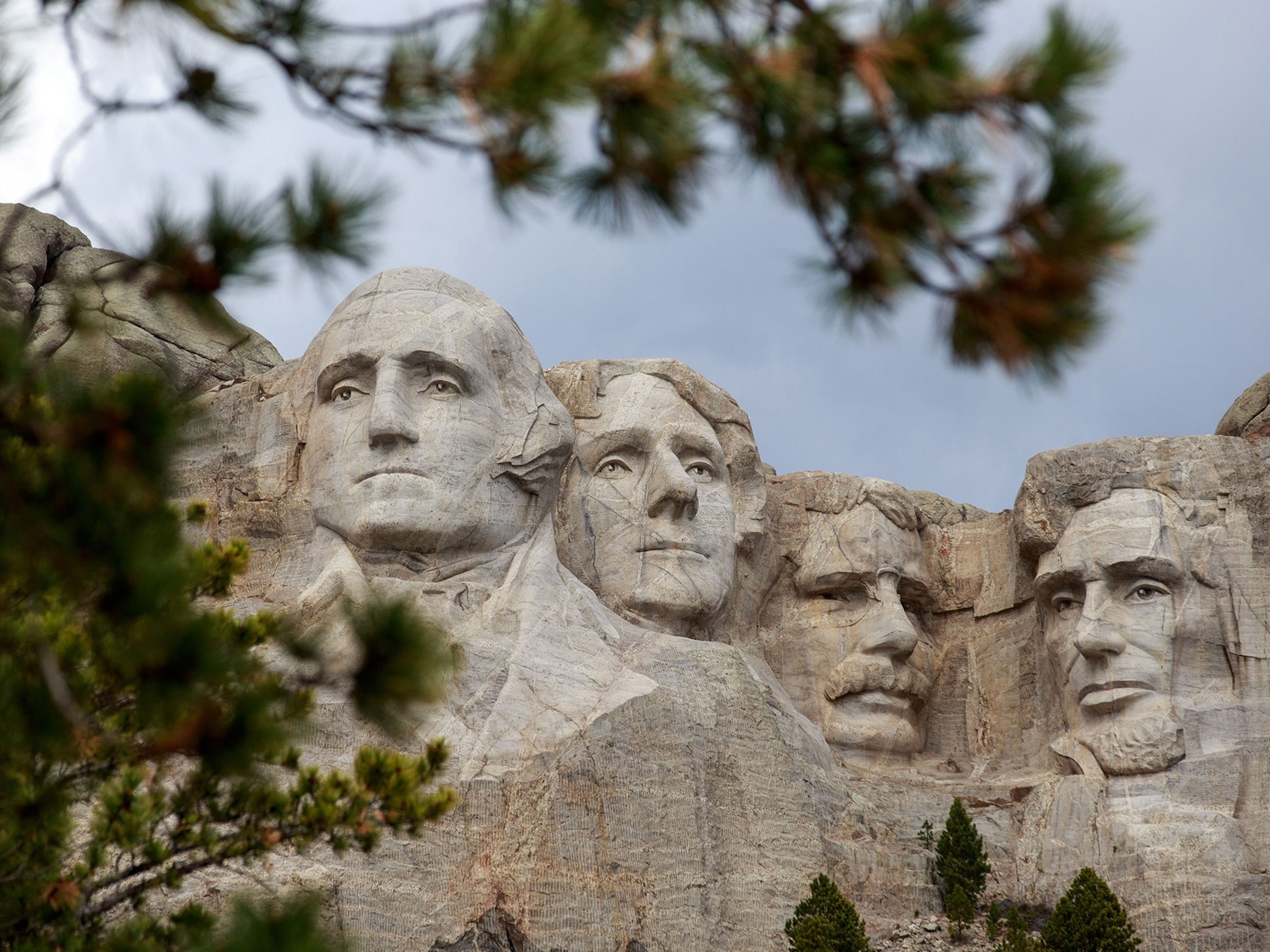
The Catchy History of Campaign Songs
On the campaign trail, candidates will say a lot. They won’t sing anything.
When a video of three girls at a campaign rally singing a song about presidential candidate Donald Trump went viral, it set off a wave of commentary. The political press called it “infectious,” “brilliant,” and “horrifying.” But for American electoral politics, it wasn’t that unusual.
Songs promoting candidates (or tearing down their rivals) have been around since George Washington’s second term. But original tunes at rallies fell out of fashion decades ago. And the reasons they went away have less to do with politics than with how Americans get their news and entertainment.
Campaign songs weren’t very useful until the election of 1840, when many of the laws that restricted voting rights to landowners had been repealed. Voting was still limited to white men, but more of them were voting than ever before.
“These new voters had no education or very little education, so the campaign song becomes one of the key ways to communicate the campaign message but also spread that message across the country,” says Eric T. Kasper, a political scientist and co-author of a book on the history of campaign songs.
To educate voters, Whig candidate William Henry Harrison—who earned the nickname Tippecanoe after leading government troops against Native Americans in the battle of the same name—and his running mate John Tyler campaigned with the song "Tippecanoe and Tyler Too."
The song used the same melody as "Three Little Pigs," a tune that was already popular at the time. This, Kasper says, was as strategic as it was easy. Songs needed to “become such an earworm [that voters] would continue singing it and sing it to other people.” (This is another way the Trump song fits the pattern—the melody is borrowed from "Over There," a World War I song.)
The tactic was so effective that Van Buren’s supporters (Van Buren bros in modern terms) were soon singing a rewritten version of "Rockabye Baby" that essentially called Harrison a phony and a drunk.
With that election, songs became essential tools for campaigns. Abraham Lincoln ran for his second term with a rewritten Civil War anthem “Battle Cry of Freedom” (known also by its chorus “We’ll rally round the flag, boys”), which was a sheet music hit. Kasper says Franklin Roosevelt’s staff had a long debate before deciding to campaign on “Happy Days Are Here Again” instead of “Anchors Away” in 1932.
As media became more sophisticated, so did campaign songs. Dwight D. Eisenhower’s 1952 "I Like Ike" TV ads featured a song written by Irving Berlin and a cartoon by Walt Disney Studios.
“What you see is a symmetry with the advertising industry,” Kasper says. This was the beginning of candidates using ad firms (see also: The Selling of the President 1968, Mad Men season 1). Jingles were an essential part of ads for other products, and they became integral in strategies to sell candidates to the public.
Star power was also helpful. John F. Kennedy’s campaign tapped Frank Sinatra in 1960 to record a new version of his hit "High Hopes."
While Sinatra undoubtedly had some youth appeal left as the ‘60s began, neither his music nor Berlin’s was cutting edge. And this is another theme to campaign songs—they rarely break new musical ground. Kasper says candidates traditionally prefer to play it safe. This may explain why we’ve only recently begun hearing hip-hop songs at rallies, even though it’s been the dominant influence on pop music for over a decade.
For future campaigns, playing it safe meant not having an original song at all. New advertising strategies made jingles seem obsolete. The recording industry became more sophisticated, making it harder for professional songwriters to score hits, let alone politicians. And musicians became increasingly involved in politics, casting a partisan light on entire genres. A handful of country stars campaigned for George Wallace in 1968. (Further enmeshing country and conservatism, Richard Nixon appeared on the Grand Ole Opry a few months before he resigned.) Meanwhile, folk and rock musicians became fixtures at rallies for liberal causes.
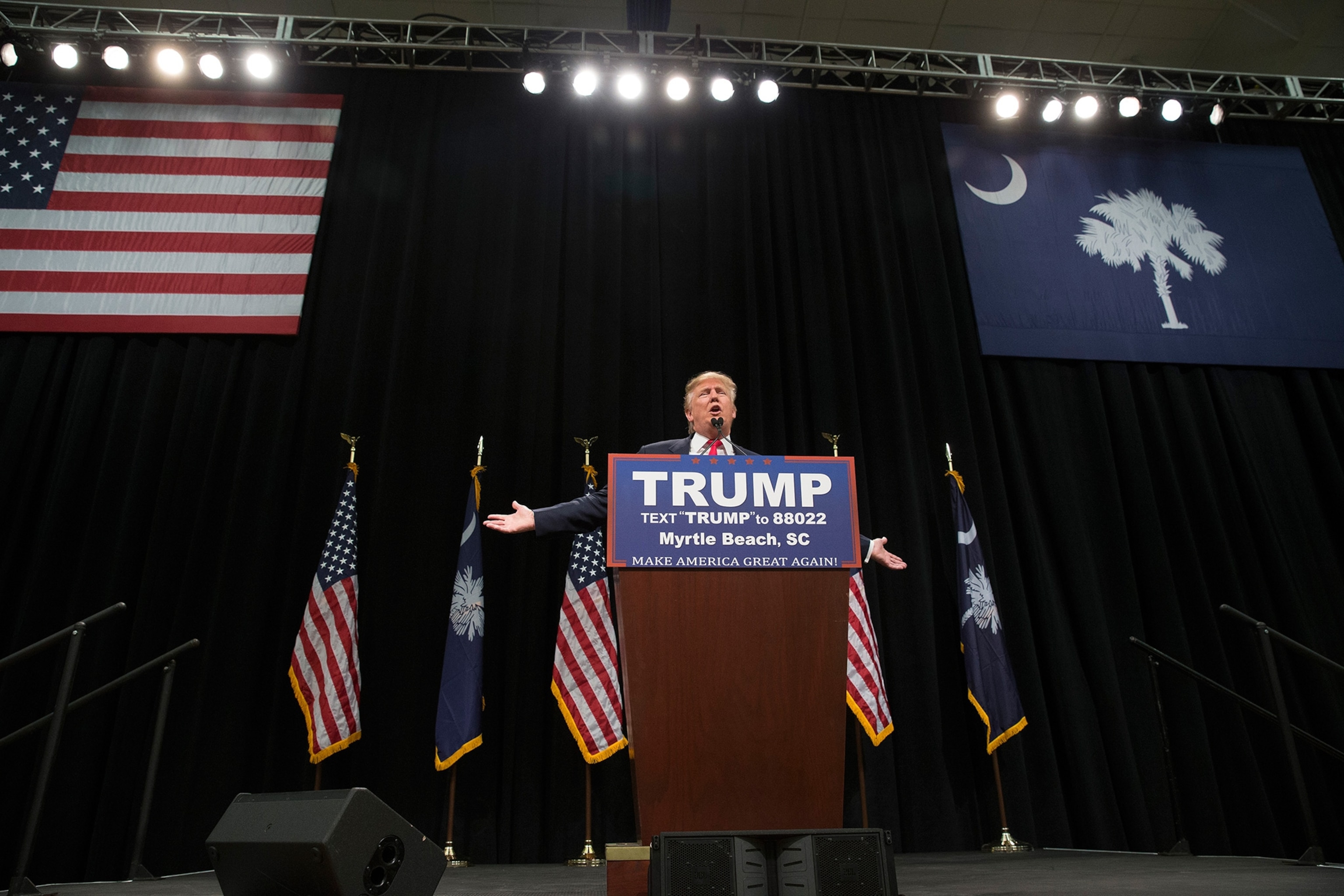
Campaign songs lingered on in the background until two very popular presidents rewrote the musical strategy. Ronald Reagan’s use of “God Bless the U.S.A.” in 1984 and Bill Clinton’s adoption of “Don’t Stop” in 1992 came to define how candidates now approach music.
“In both cases, you have these well-known popular songs that could be used to express themes of the campaigns,” Kasper says. “They were both parts of winning strategies."
Clinton’s use of a Fleetwood Mac hit is especially strategic, since while the lyrics are about a difficult breakup, the song was a mini-nostalgia trip for the baby boomers who would vote one of their own into the White House.
Campaigns now hold contests to pick official themes and they use whole playlists of popular songs to get crowds riled up at rallies. Most discussion of campaign music comes when artists ask candidates they disagree with to stop using their music.
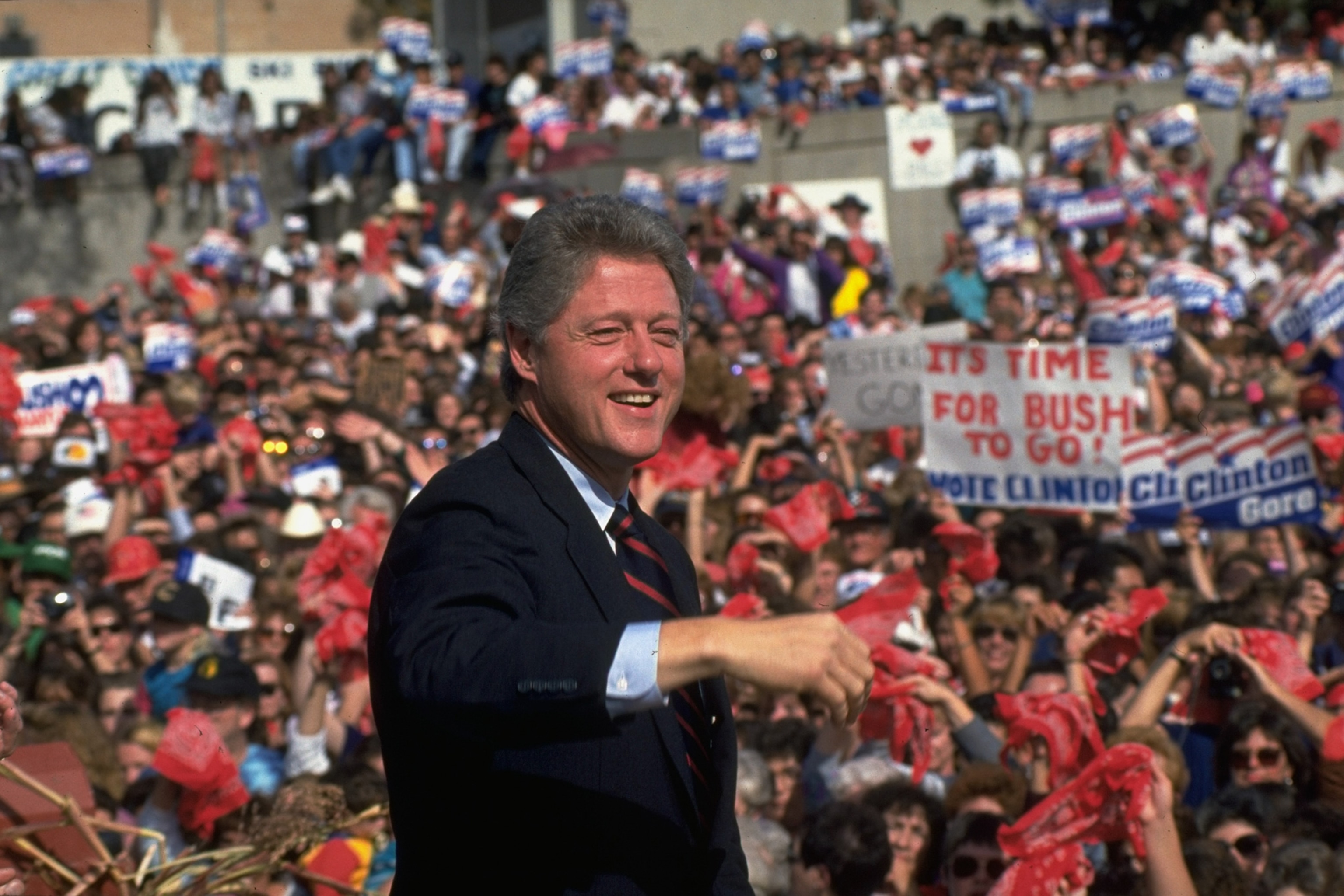
There are some signs of hope for campaign songs, though. For the last few election cycles, candidates’ supporters have posted musical tributes on YouTube (remember “Crush on Obama?”). The Trump song may follow an old history, but it’s part of a new tradition, too.
These aren’t official campaign anthems, but they have the potential to be as big as "Tippecanoe and Tyler Too." YouTube is now the primary source of music for young people, and the music industry that brought about the end of the campaign song is crumbling. A hit is a hit, even if it’s viral. Maybe we’re not that far off from a campaign trying to make its own.
Then again, virality can be fickle, and campaigns have become so complex and expensive, it seems unlikely any candidates would decide to put resources toward songwriting. But even if the campaign song is gone forever, politicians will still need a way to engage with and excite otherwise unenthusiastic voters. Welcome, then, to the age of the campaign GIF.



